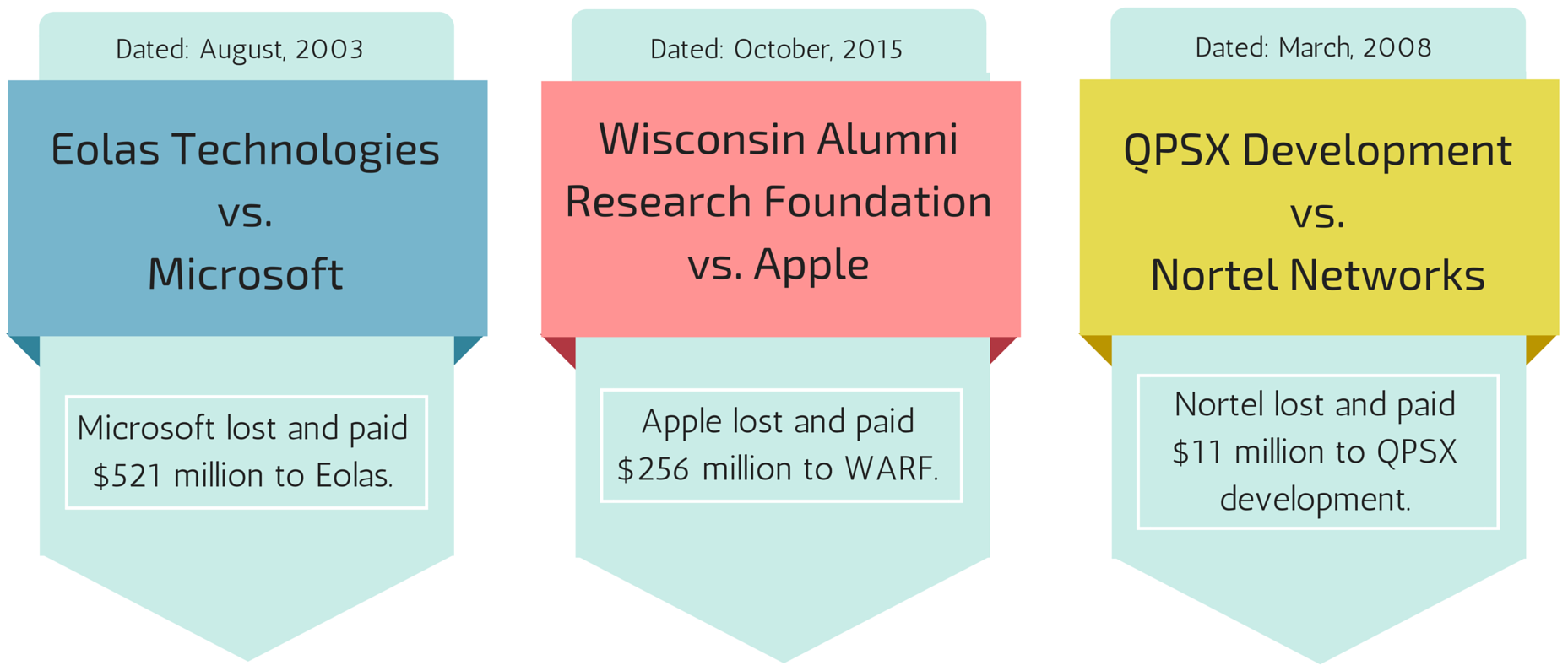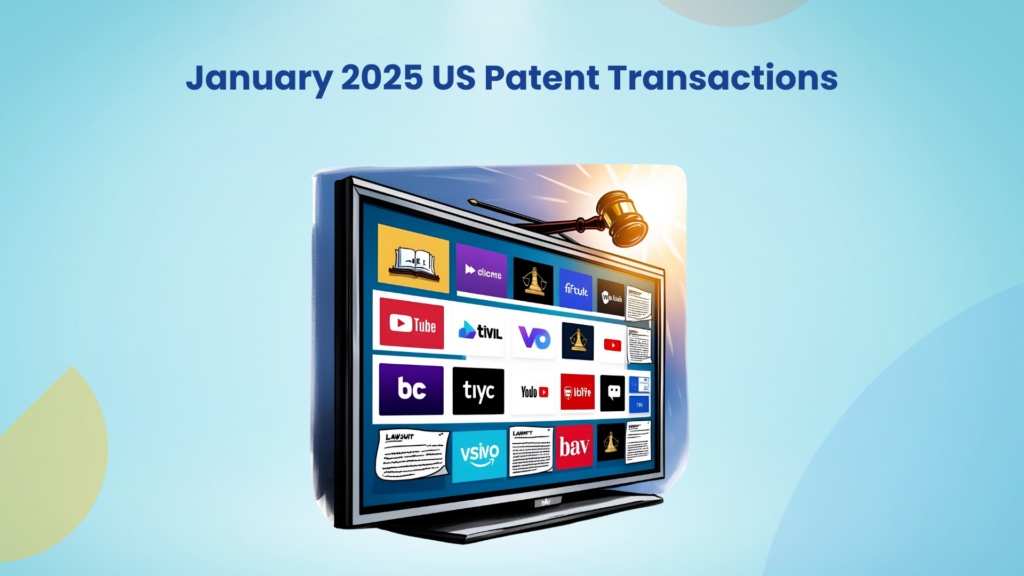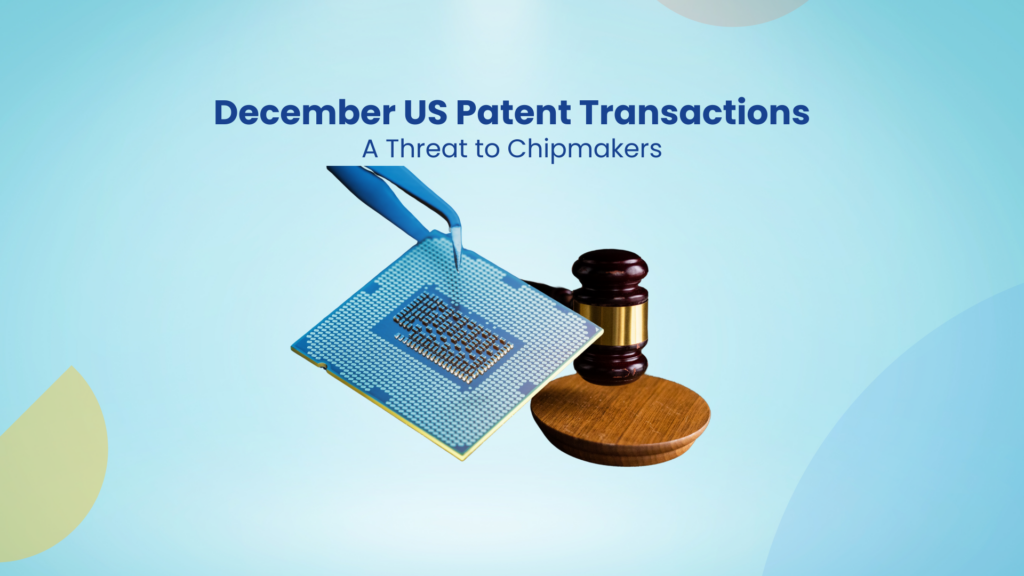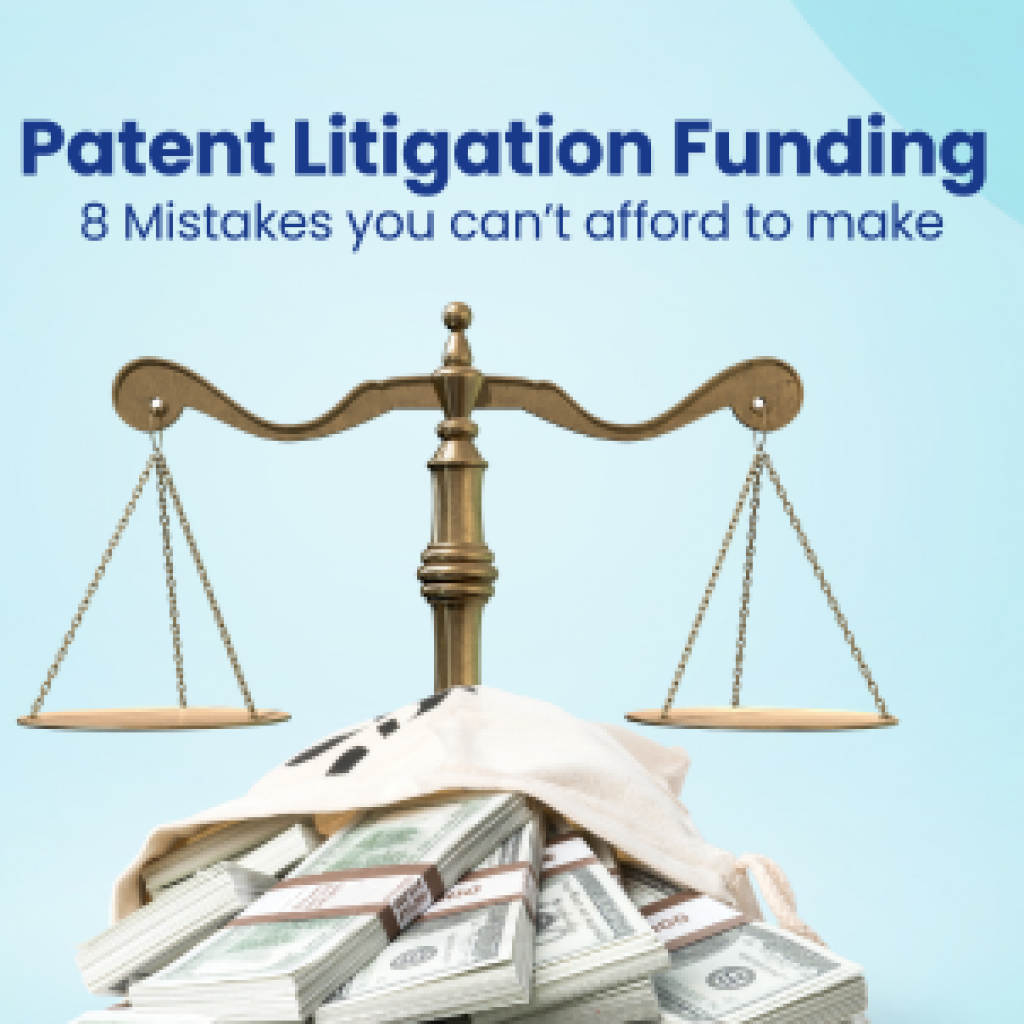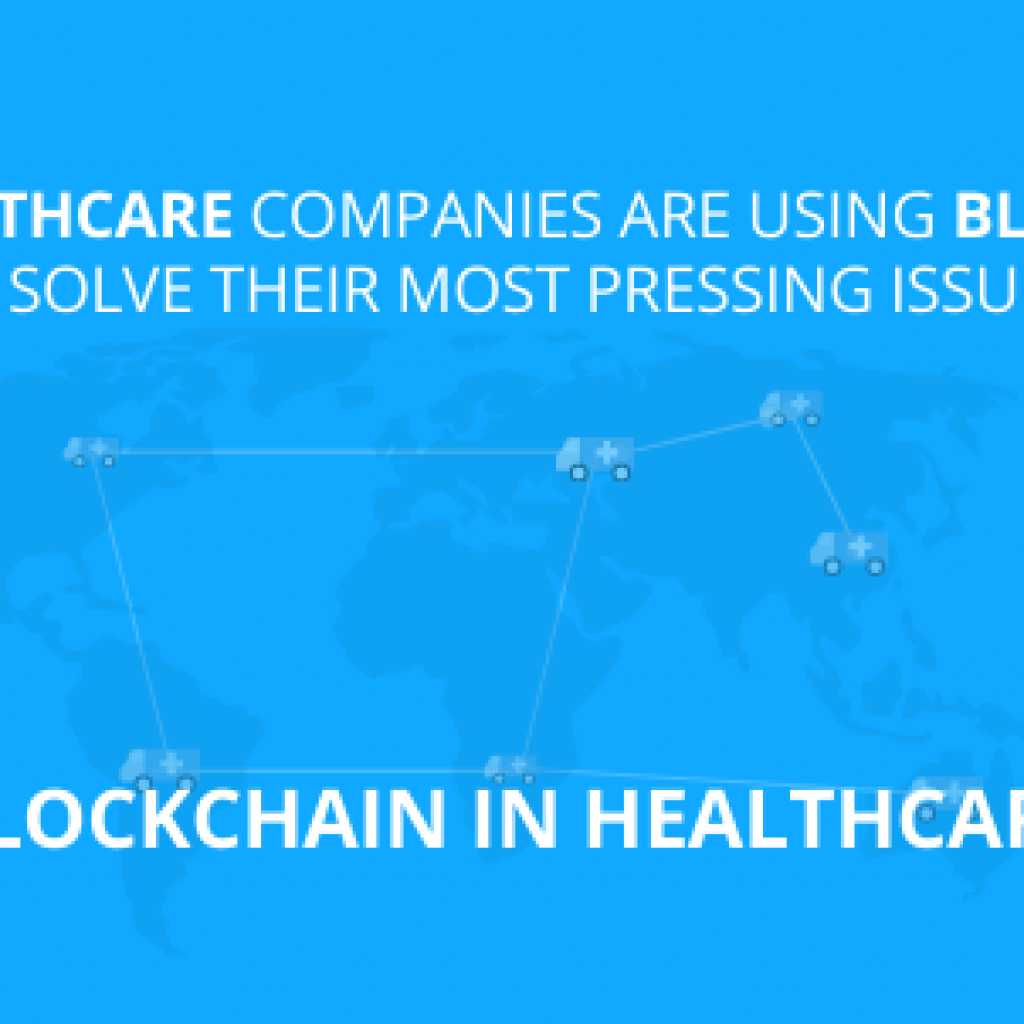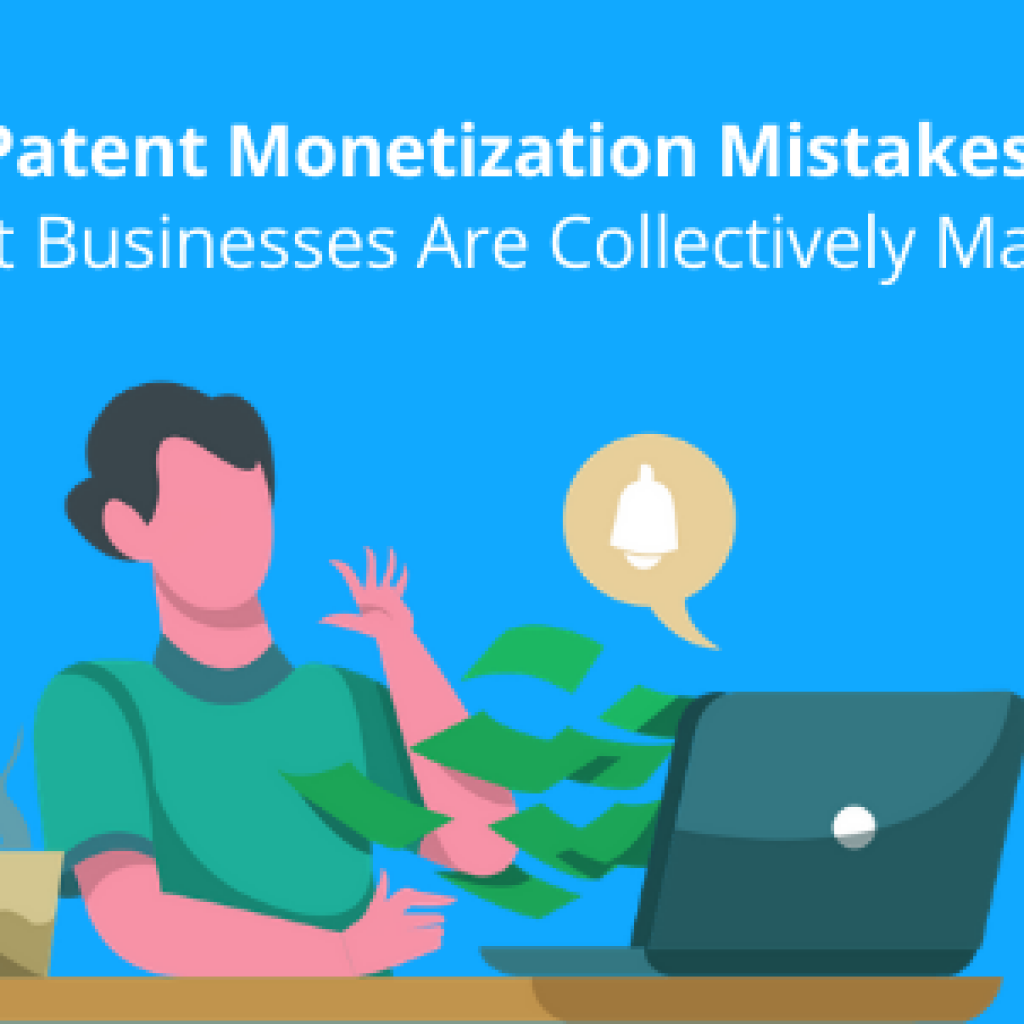Universities spend billions to provide first-class research and education. To support that spending, these organizations rely on students’ tuition fees and funding they receive from the government/corporations. In essence, revenue generation of universities depends on external factors. Hence, it’s the high time all the universities start exploring new ways to generate revenue from their resources which could make them self-sufficient.
What are the Resources that Universities can use to generate Revenue?
The graph below represents some prominent universities that are filing patents with the USPTO to protect their research and inventions.
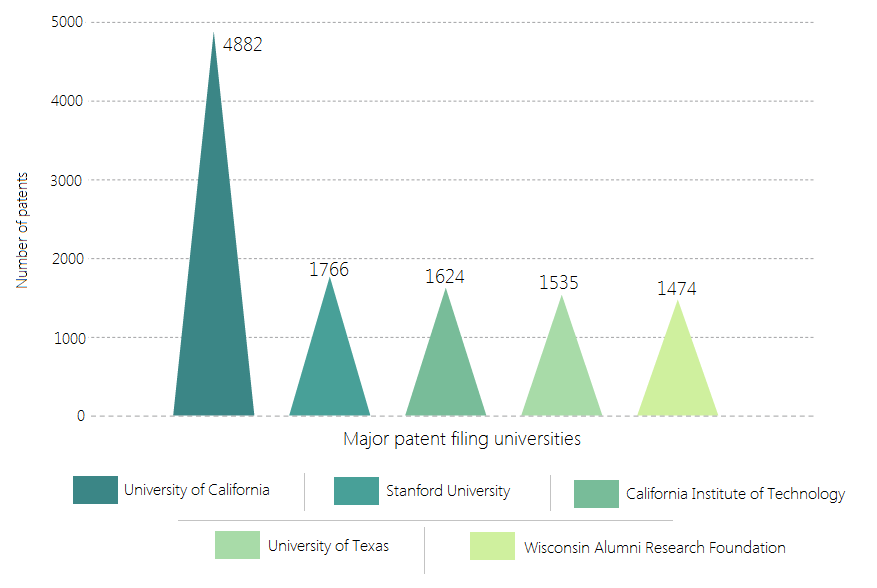
Other than these five, there are many other universities having 1000+ patents in their portfolio, which indicates that there is a lot of research going on. Given that universities indulge in quality research – at least comparatively – their patents must generate revenue for them, which is not the case currently.
A*Star of Singapore, the lead public research agency to foster scientific research, has patents with unrealized potential. I found relevant info about A*Star from this article: The Hidden Gems in Singapore’s A*Star
This means that many universities’ patent portfolios are an underutilized asset (stats below), eating dust sitting in a corner. This is because either the universities are not monetizing their patents or they are not monetizing their patents the right way.
Also Read: Top Universities Researching in the Nano Photovoltaic Cell
Which Universities are already Monetizing their Patents?
Few universities have strong IP departments and earn money by selling/licensing their patents. The University of California, with 4882 patents, earns ~$ $182 million from patent licensing. The graph below provides licensing revenues of five other universities.
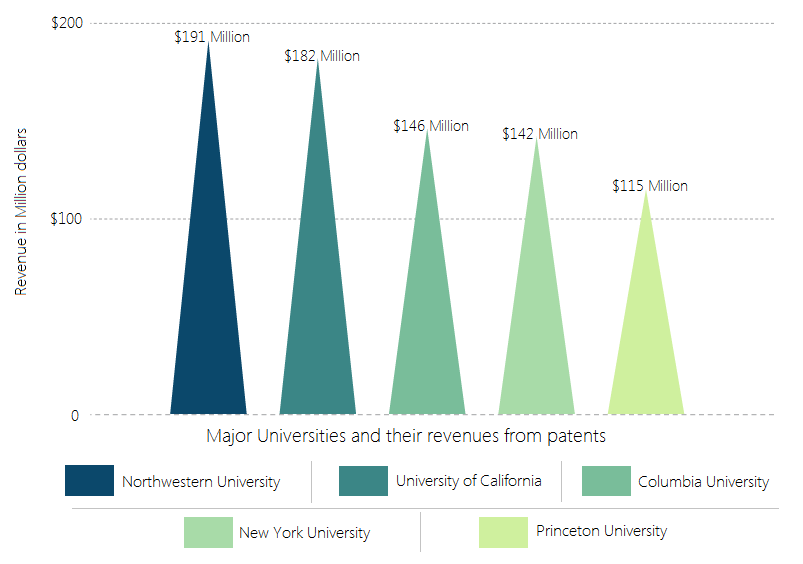
Now, what we like is that some universities are also using legal means to enforce their patent rights. The figure below gives you a glimpse of some popular infringement lawsuits filed by universities against big companies.
Side Note: If you want to know how to figure products infringing your patents, here is a method to find ’em: How to find product infringing your patents?
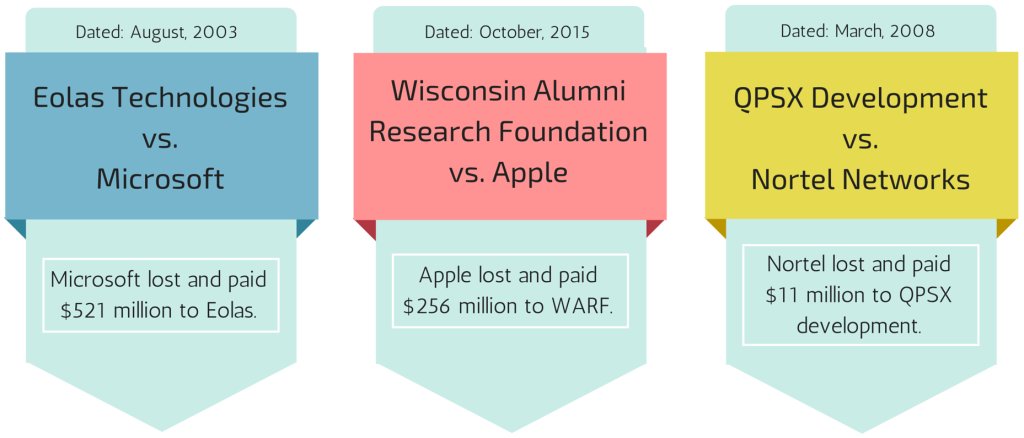
In 2011, the top 100 universities generated $1.8 billion from patent licensing, which 2013 witnessed an 8% increase. In 2012, Carnegie Mellon University won a whopping $1.17 billion from Marvell Semiconductors from an infringement case filed in 2009. Later in February 2016, CMU and Marvel Technology settled the case in which the latter promised to pay $750 million.
However, this is not the story of every university. Some universities struggle to monetize their patent assets. According to a study by AUTM, the gap between licensing and R&D expenditures is very wide for many universities.

What Are Other Universities currently doing wrong?
The current approach being followed has some flaws, as illustrated below:
Using the Wrong medium
Some universities are knocking doors of companies such as Intellectual Ventures (IV) to bridge the gap between invention and commercialization. More than 60 institutions have sold their IP assets to IV.
These companies grab a bigger piece of the pie, decreasing the market value of a patent for its assignee. A recent Brookings Institution study revealed that patent licensing campaigns don’t bring much revenue to universities. Having said that, universities should focus on true technology transfer instead of hitching their wagon to these non-practicing entities.
No proper supporting evidence
Universities, in general, do not provide relevant evidence of support for their assets. For example, the University of South Florida wanted to license its patent US8138907. To attract potential buyers/licensees, it provided a document that only illustrated the technology disclosed and its benefits. It did not provide any information/evidence illustrating available products in the market using their patented technology.
As a result, it is bound to attract fewer companies to buy/license as corporations generally don’t buy a patent without any visible market. Thereby decreasing the overall value of the patent.
What Universities Should Do?
Universities need to have a well-thought-out plan for successful patent monetization. They can even utilize automated tools, for that matter. Here is a list of tools that can help in building a monetization strategy: Automated tools that help in patent monetization.
Even in the current tough patent marketplace, a portfolio with strong evidence of use charts commands good money. Evidence of use charts are documents that provide evidence that other companies have used your patented technology. These documents help prospective buyers of your patent get a fair idea about the worth of your patent.
When an on-offer patent portfolio involves many patents, it’s not advisable to prepare evidence-of-use charts for all patents in the portfolio — since this will involve a lot of time and money. Instead, the smart approach will be identifying various technology clusters in your patent portfolio and then locating key patents in each cluster.
One can then prepare the evidence of use documents for these key patents. These documents can be shown to potential buyers/licensees or used in court to monetize the asset.
The complete process can be summed up as follows:

We know that the above-described process is a general process. However, a lot of universities still do not follow it in a proper way. Further, based on specific requirements, this process can be supplemented with tailored information, such as:
- Market Research to provide coverage of information pertaining to a product/patent/portfolio,
- Reverse Engineering to stripping/using the product to identify the required features related to product functioning.
- Claim Amendment Suggestions for broadening the scope of the patent by filing for continuations with amended claims.
Attend our Free Live Training Session for University Tech Transfer Office on How TTO Can Increase ROI on Patents here: Click here to Register
Is there an example to justify the same?
In order to help you drive the point home, we performed a sample analysis. We picked patent US8138907 filed by the University of South Florida that discloses a travel assistant device. On performing analysis, we found that the patent would overlap with most of the taxi services.
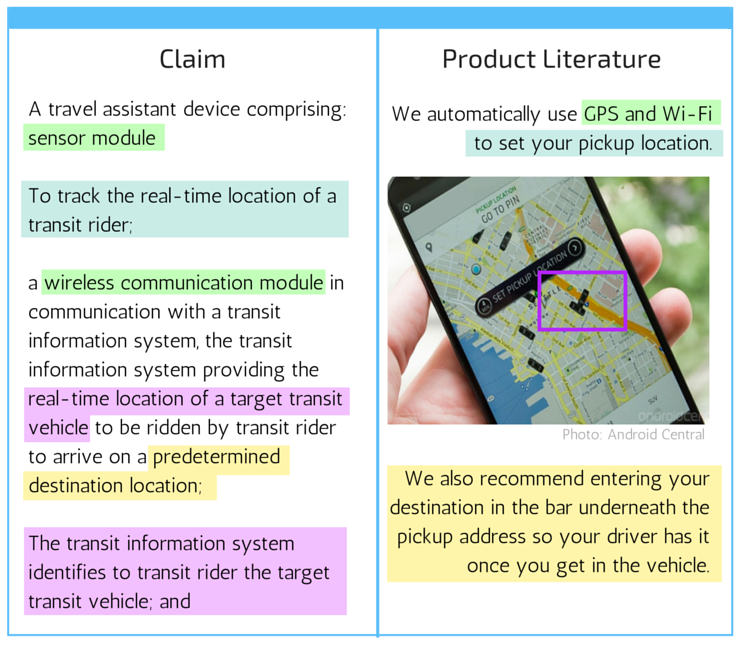
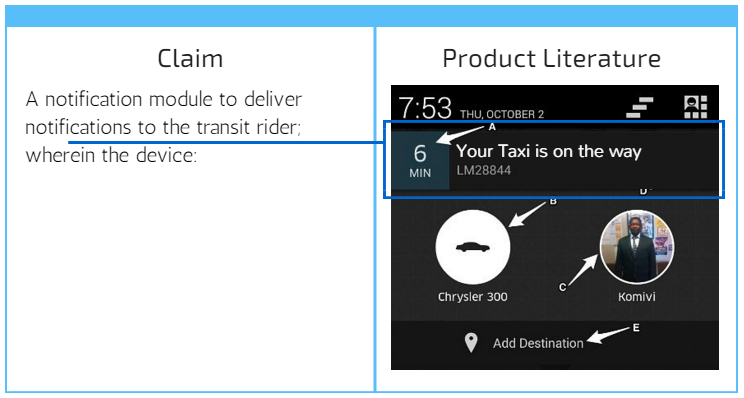
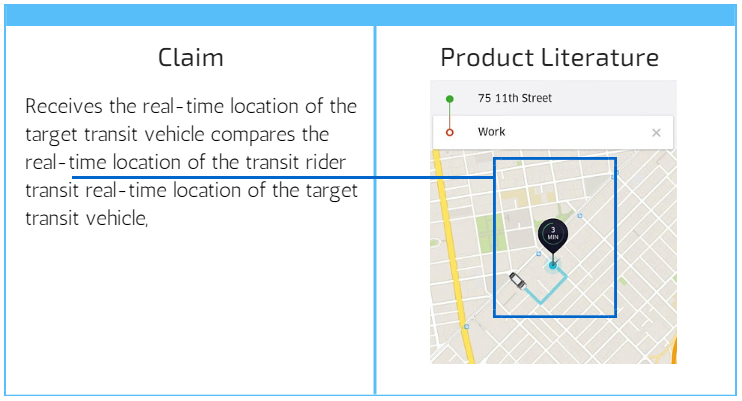
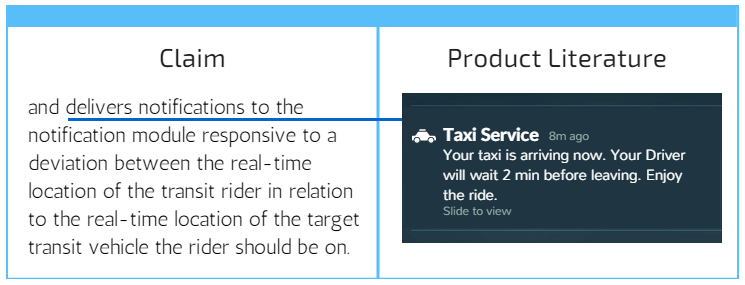
Using the analysis above, the University of South Florida can monetize its patents or enforce them on relevant companies. The University can also license/sell the patents to other companies—Mercedes, Lyft, and BlaBla Cars—that want such patents for their business.
Similarly, universities can identify star patents from their portfolio and prepare proofs for infringing products. A well-crafted patent monetization strategy will always help a university get good value for its patent. However, how universities can file star patents is a question. Isn’t it? Well, a problem doesn’t exist without a solution. Here is a solution to this conundrum: how to file high ROI generating star patents?
Authored By: Rohit Sood, Team Leader, Infringement Team | Arjun Verma, Research Analyst, Infringement Team
P.S. Do you know which top 5 universities are leading the research in Wireless Communication? You can find the information here: Top 5 universities of wireless communication research.

